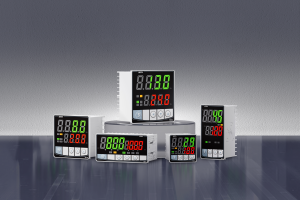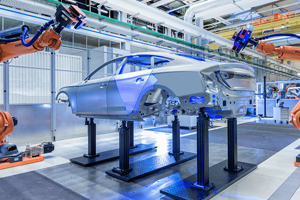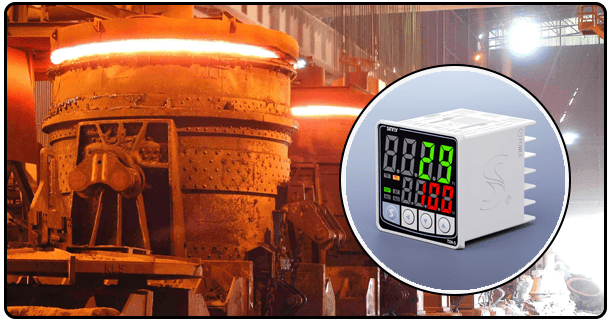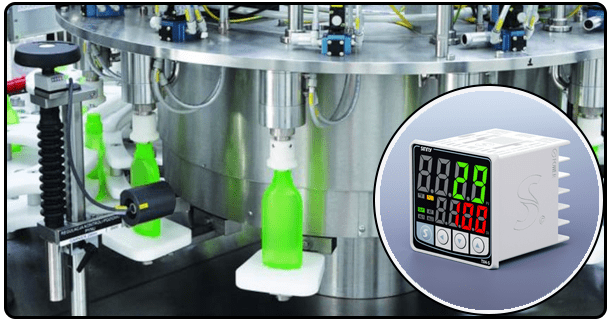Bias is a problem in PID controllers
1. Introduction
PID (Proportional-Integral-Derivative) controllers are indispensable tools in industrial automation and control systems. The controllers are designed to adjust the input control in order to keep a setpoint at a certain value. Bias is a crucial feature of PID controls that goes overlooked. It is important to understand bias when it comes to PID controls in order for them be precise and stable. This article examines bias, including its types, advantages, disadvantages and concerns.
2. Understanding bias in PID Control
In PID, bias is a constant added to the signal of control to keep output steady when no errors are present. The offset helps to achieve the output desired even when process variables change. Bias helps to keep the system stable, and minimizes oscillations. Bias is simply the component of the control algorithm which helps to achieve the desired output.
Bias Types
Bias is categorized in two types of PID controllers: Setpoint Bias, and Output Bias.
Output Bias
The output bias (also known as the manual bias) is the constant added to the controller’s output when there is no error. This ensures the controller keeps a constant output, even when no errors are present. In a heating system for example, output bias is used to maintain the desired temperature, even if there's no difference in temperature between the setpoint temperature and the actual temperature.
Setpoint Bias
Setpoint bias (also known as feedforward) is a constant added to the setpoint in order to prevent sudden changes to control actions. This bias prevents abrupt output changes and allows for smooth transitions. Setpoint bias can be particularly helpful in processes that are susceptible to instability and oscillations caused by sudden setpoint changes.
3. Bias Implementation
In order to implement bias, PID controllers add a constant signal value or setpoint. Implementation depends on which bias is being used.
Output Bias Implementation
The output bias is achieved by adding constant values to the controllers' output. Value of bias depends on desired output and process characteristics. In a temperature-control system, for example, if you want to reach a desired temperature of 100degC but the process settles at 95degC when there is no bias, you can add an output bias 5degC to get the temperature desired.
4. Setpoint Bias Implementation
By adding a constant to the setpoint, bias can be implemented. It helps to avoid sudden changes and smooth transitions. In a flow-control system, for example, when the desired flow is 50 l/min and sudden flow changes can lead to instability, adding a bias set point of 2 l/min will help achieve smooth transitions.
The Benefits of Bias
The use of bias in PID control systems offers a number of benefits which enhance performance and stability.
T5. ransition to Automatic Modes from Manual Modes with Smoothness
The smooth transition from manual to automatic mode is one of the main benefits of bias. Bias maintains the desired control output even when switching between automatic and manual modes. It ensures the stability of the process and avoids abrupt changes to the control action.
Prevention of Sudden Control Actions
Bias is also helpful in preventing abrupt control actions. This feature is also known as "bumpless transfer". The bias helps to ensure a smooth transition from the manual mode into automatic mode. It prevents sudden changes to the output of the control system and lowers the likelihood of instability.
6. Considerations and Challenges
Although bias has many benefits, it also comes with challenges.
Issues that may arise with Bias settings
The incorrect bias setting can cause a number of issues including instability and offset errors. A bias setting that is too high can lead to an output level of the control system which exceeds the target, resulting in overshooting. If the bias is set too low, the control output can be inadequate, leading to an undershooting.
Fine-Tuning Bias for Optimal Performance
For PID controllers to perform optimally, it is important that the bias be fine-tuned. The bias is adjusted based on process characteristics and the desired output. Simulation tools and real-world tests can help you fine-tune the bias setting to make sure it is appropriate for your process.
The bias in PID controllers is crucial to maintaining stability of control and attaining precise output levels. Optimizing PID controller performance requires a thorough understanding of the different types of bias and their benefits. Control engineers who implement and tune bias can ensure smooth transitions and prevent abrupt control actions.
7. Further Reading
Automation & Control Engineering Forum
PID tuning - what does output bias mean? Reddit : r/PLC
How to reduce bias in proportional controllers - Inst Tools























